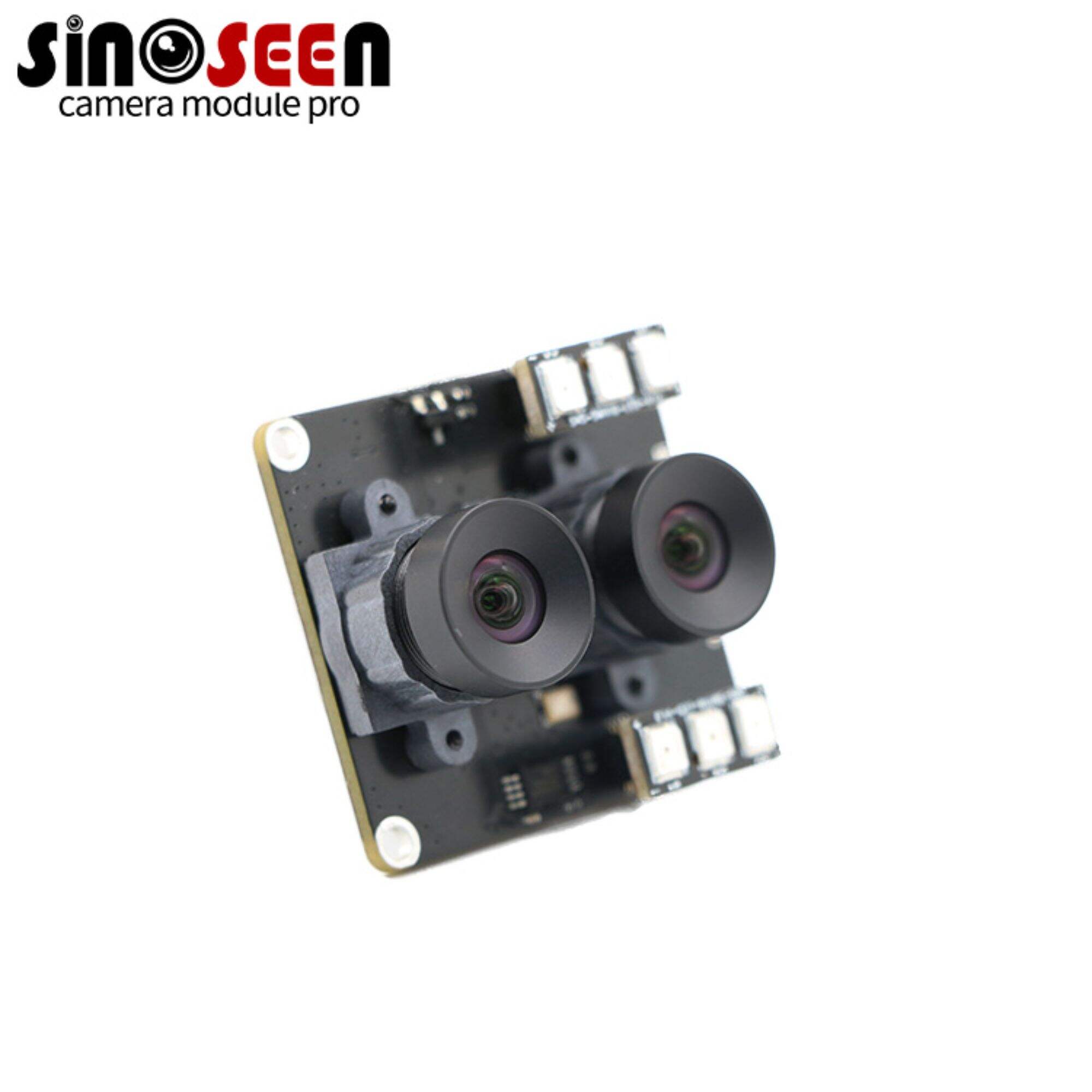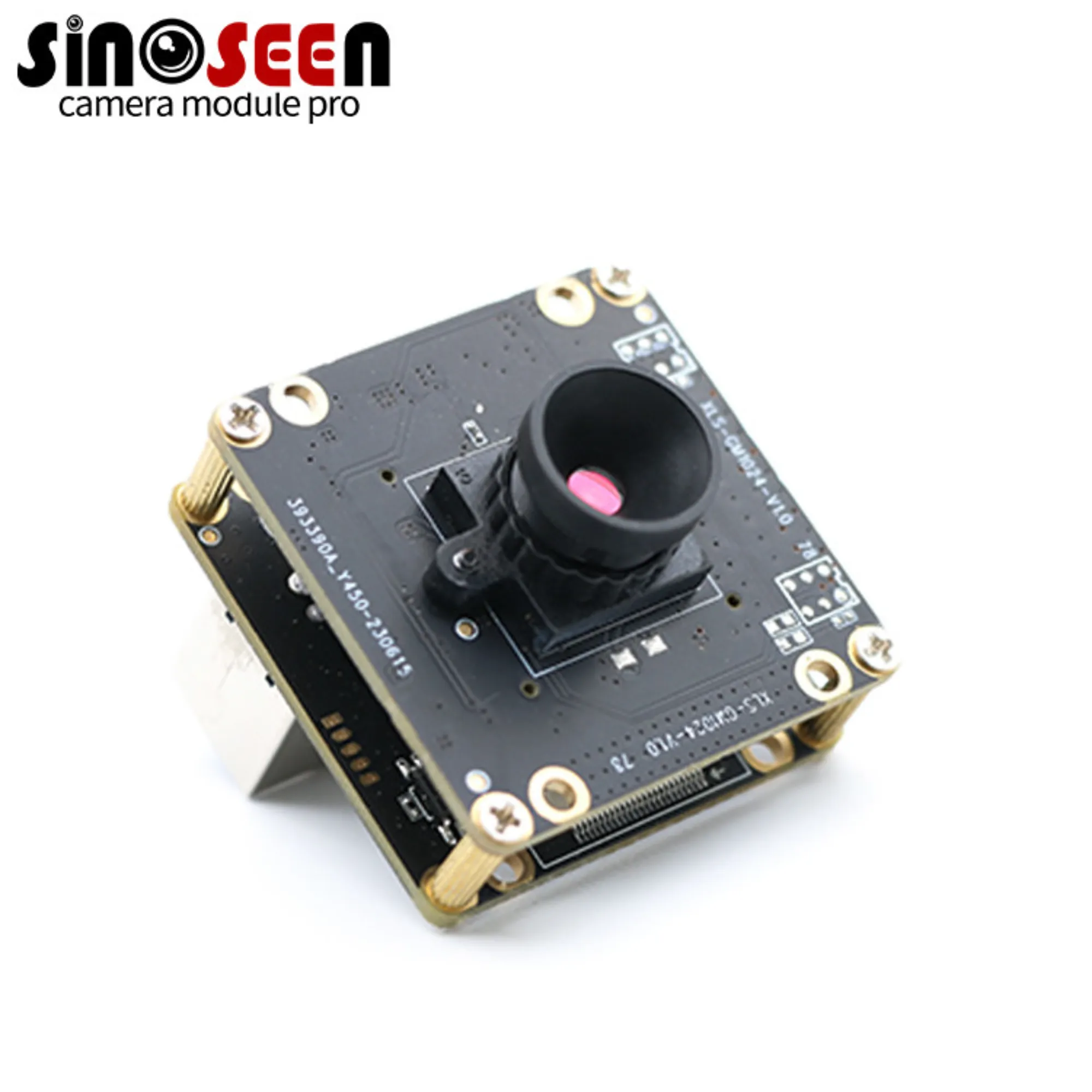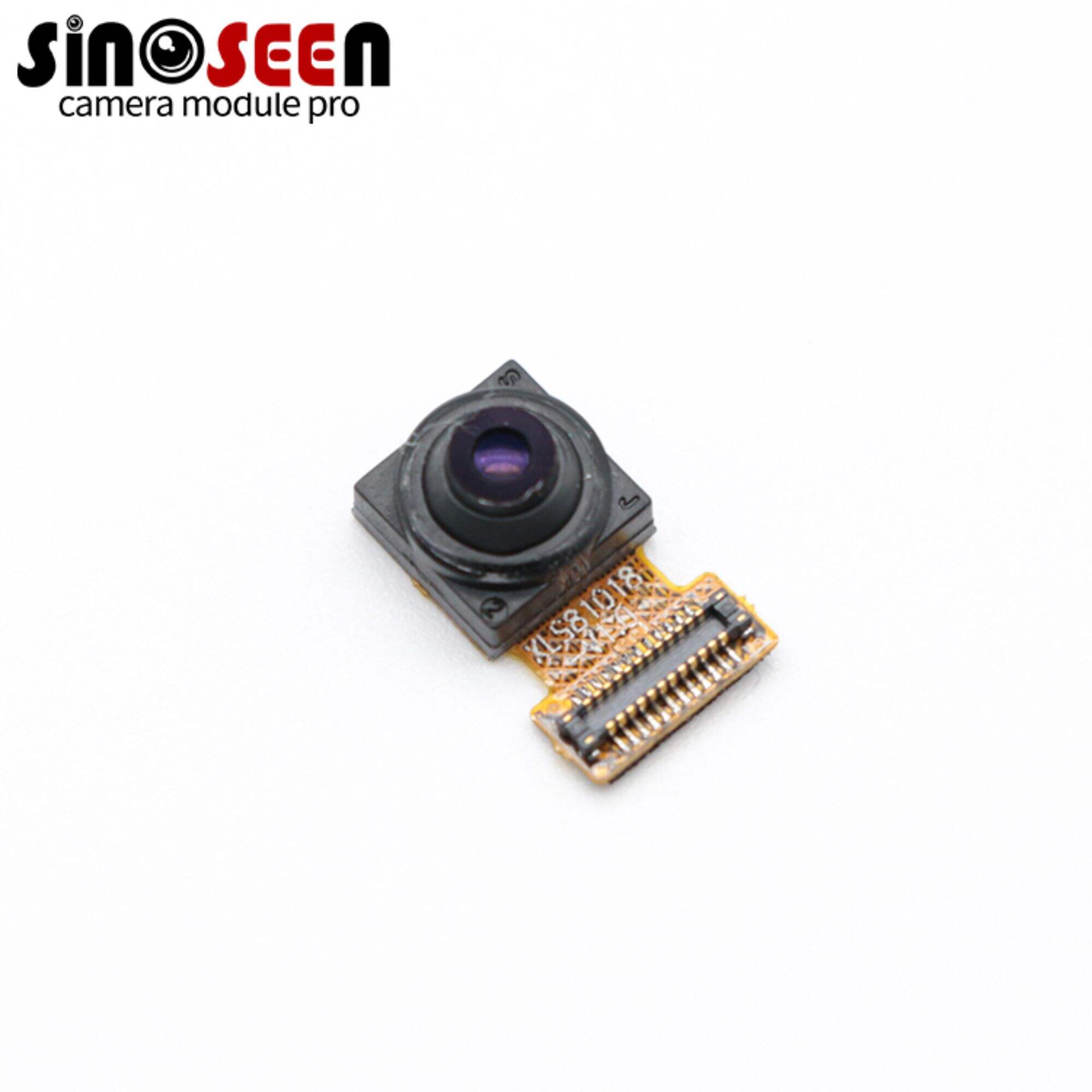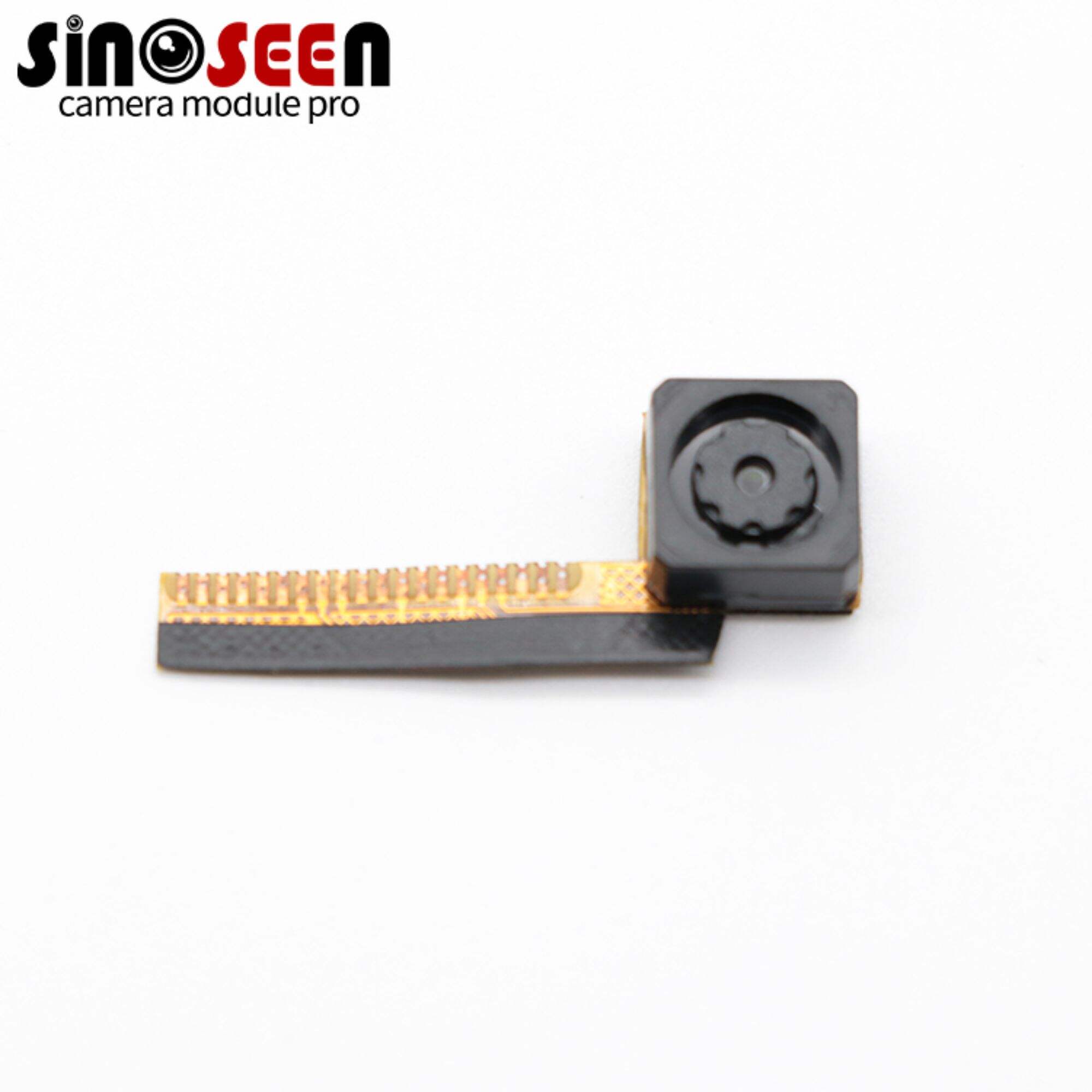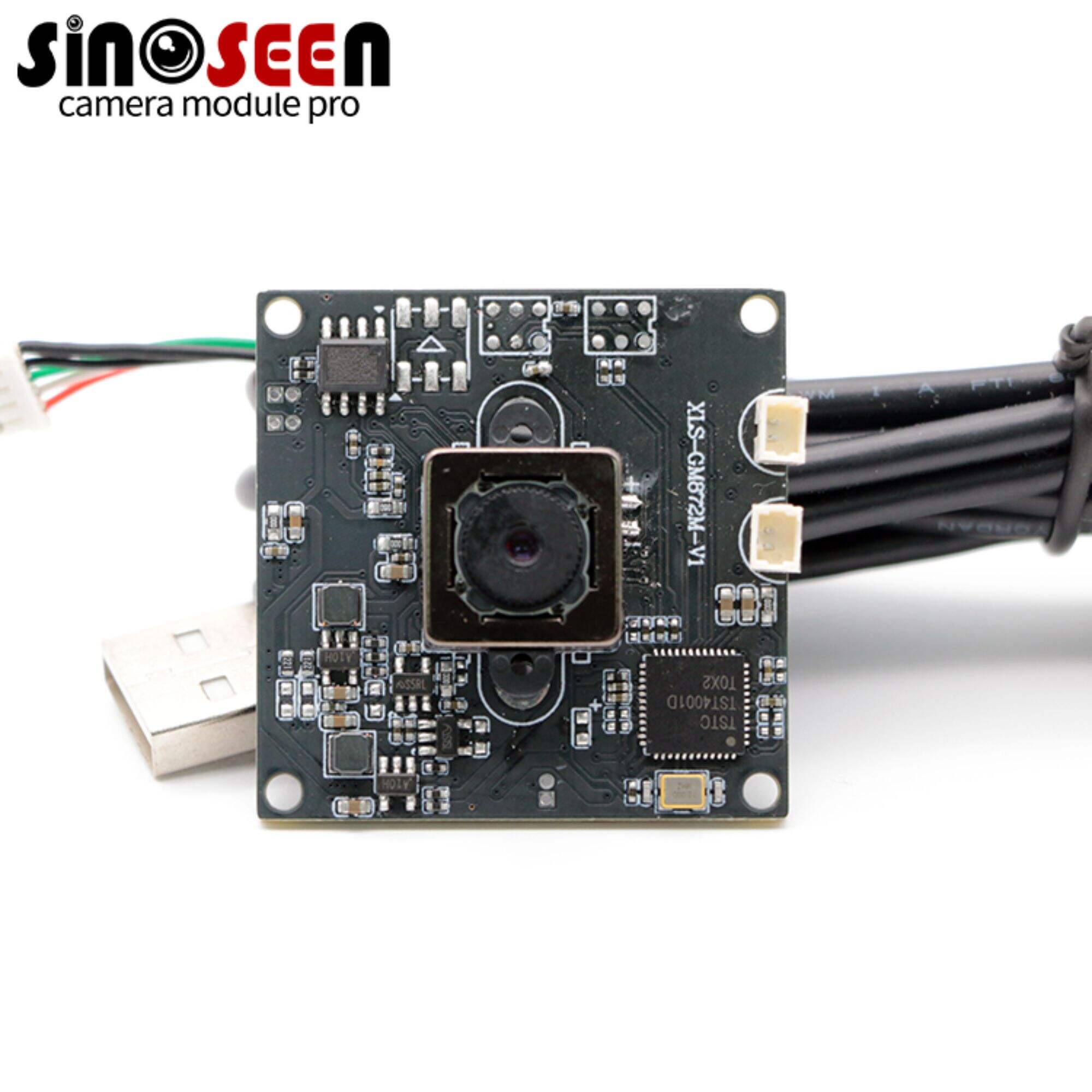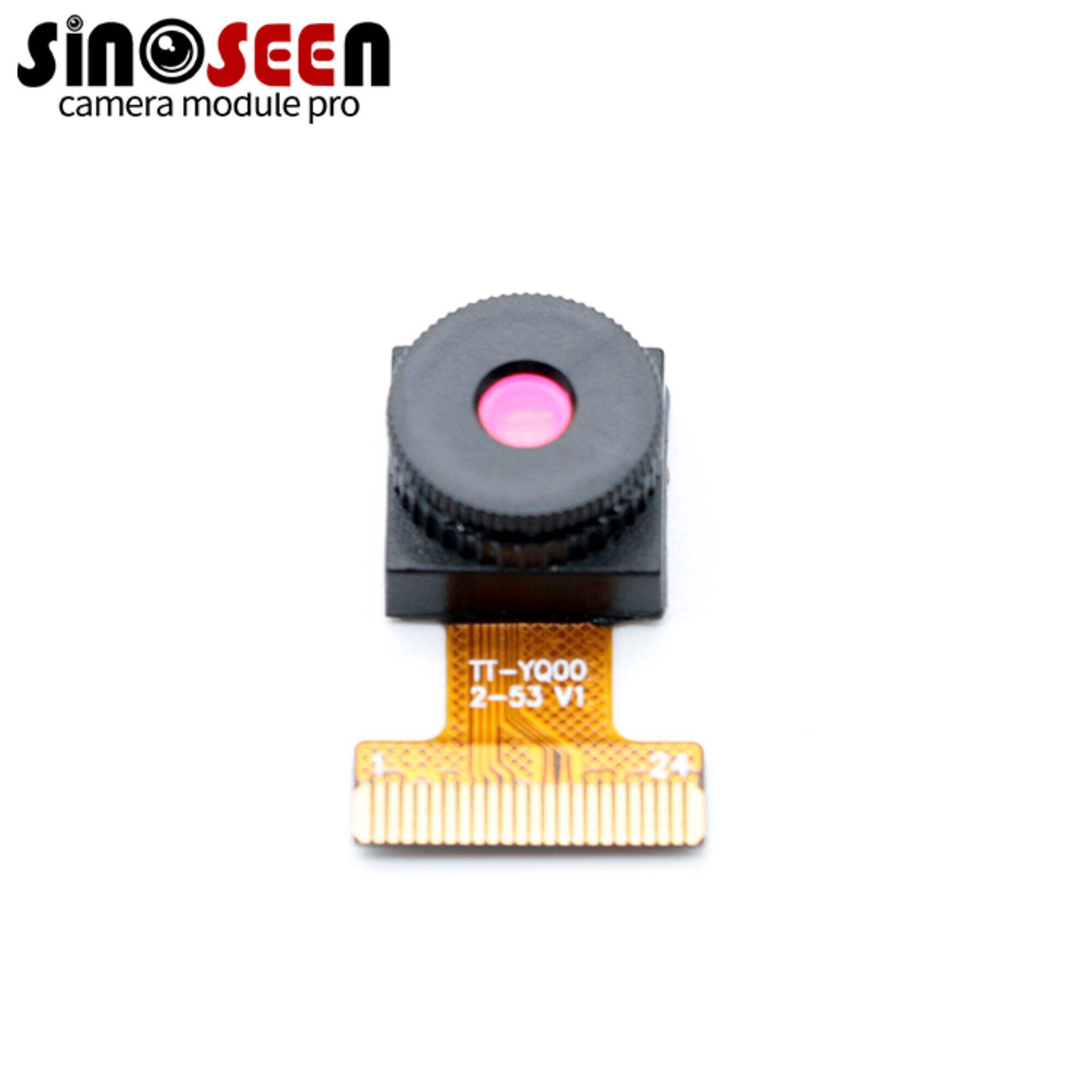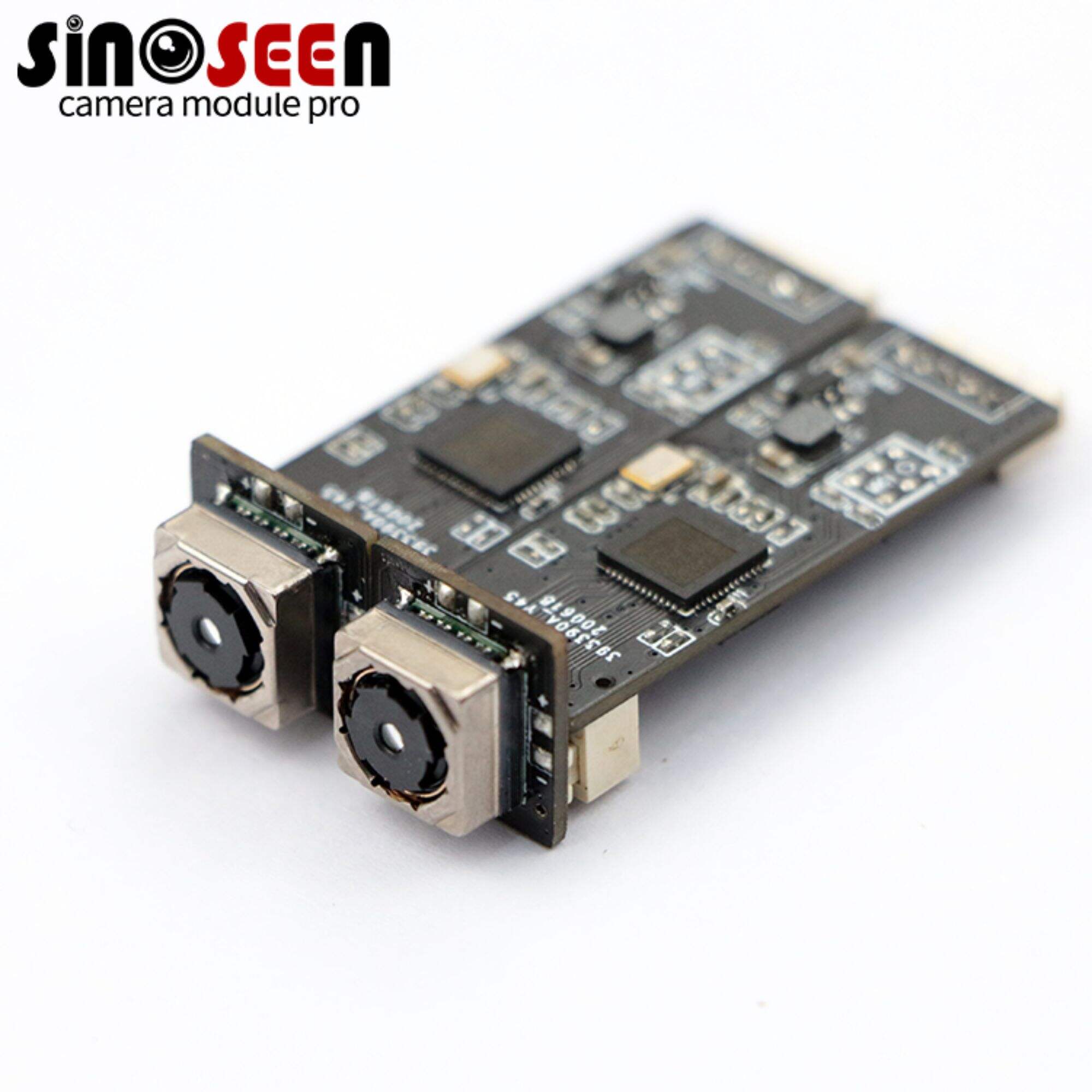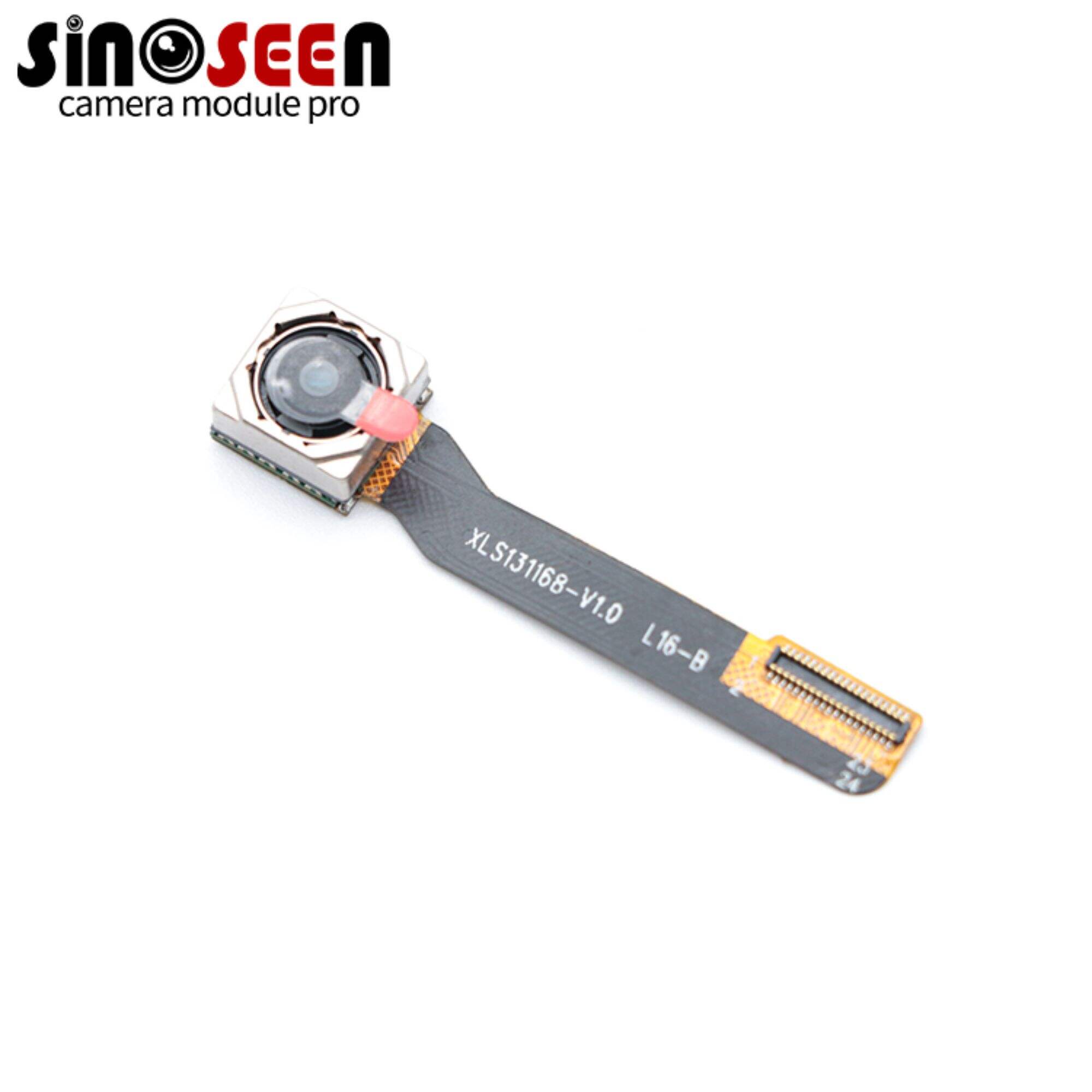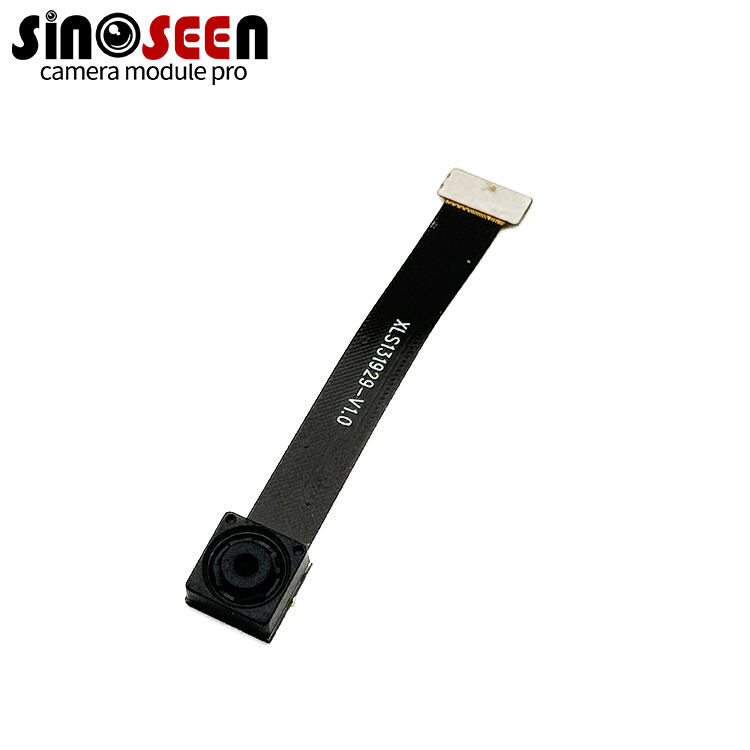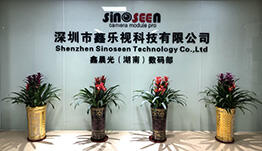What is autofocus? Learn everything about autofocus in detail
What is autofocus?
Autofocus (or AF for short) is a function of a camera that guarantees that the subject is clearly visible in the camera photo. It utilizes the principle of reflected light from an object by detecting the light reflected from the subject through a sensor, processing it by a computer, and then driving a motorized focusing mechanism to focus. Most compact cameras only support autofocus, but digital SLRs and mirrorless cameras have the option to disable autofocus as needed.
Core components of an autofocus system
The AF system consists of a number of precision components that work in tandem to achieve fast and precise focusing, and the following are its key components:
- AF Sensor: the eye of autofocus, responsible for collecting distance and contrast data from the scene to help the autofocus camera achieve optimal focus.
- Camera Processor: analyzes the data collected from the AF sensor and calculates how to adjust the lens settings to achieve precise focus. The speed and algorithms of the processor directly affect the performance and accuracy of autofocus.
- Lens Drive Mechanism: Responsible for physically moving the optics within the lens to adjust focus. The responsiveness and accuracy of this mechanism is important for achieving fast and smooth autofocus.
Together, these components form the foundation of an autofocus system, and their synergy allows the camera to automatically and quickly focus on a variety of shooting scenes.

Comparison of AF types
Autofocus systems can be broadly categorized into two main types based on the principle of operation and the scenario in which they are used:
- contrast detection autofocus
- Phase Detection AF
Learn more about them below.
Contrast Detection AF
The contrast detection AF system determines focus by analyzing the contrast in a scene. When the contrast is at its highest, it is considered to have found the correct focus point. Such systems perform particularly well in static scenes (e.g., portraits, landscape photography) because they provide extremely high focus accuracy. However, in low-light environments or on fast-moving subjects, Contrast Detection AF may encounter a performance bottleneck, as the change in contrast in these situations may not be sufficient to support fast and accurate focusing.
Phase Detection AF
Phase detection AF systems use a specialized phase detection sensor to quickly measure the distance between the target and the camera. This system enables faster focusing and is particularly suited to dynamic scenes (e.g. sports, wildlife photography). Phase-detection AF offers significant advantages in quickly capturing and continuously tracking moving objects, but may not be as accurate as contrast-detection AF in some situations.
Workflow of an autofocus system
The first step in autofocus is object detection, where the AF sensor searches the scene and recognizes high-contrast areas that are often potential focus points. And the camera's intelligent algorithm predicts which object the user wants to focus on.
Once a potential focus point is recognized, the AF system takes a distance measurement. For Contrast Detection AF, the system evaluates the change in contrast in the scene to determine the optimal focus position. Phase detection AF, on the other hand, calculates the distance between the target and the camera by comparing images from different positions on the sensor. Based on the distance measurement, the lens drive mechanism adjusts the optics in the lens to change the focal length. This process continues until a predetermined contrast or phase state is reached, ensuring that the image is in the sharpest focus.
Autofocus in different camera systems
Digital Single Lens Reflex (DSLR) Cameras
DSLR cameras typically use phase detection autofocus systems, which rely on specialized phase detection sensors inside the camera. These sensors quickly measure the distance between the target and the camera, enabling fast and accurate focusing.DSLR autofocus systems are particularly well suited to dynamic photography, such as sporting events, wildlife photography, etc., as they allow for continuous tracking of moving subjects.
Mirrorless Cameras
Mirrorless cameras are increasingly using contrast-detection autofocus, especially those models that use electronic viewfinders. These systems analyze the contrast of an image to determine the optimal point of focus for precise focusing. AF systems in mirrorless cameras excel in still photography, such as portraits and landscapes, because they provide extremely high focusing accuracy.
Compact Cameras
Compact cameras, especially those point-and-shoot cameras used for everyday photography, often feature simplified autofocus systems. These systems may combine contrast-detection and phase-detection techniques to achieve fast focusing in a variety of shooting conditions. Compact cameras with autofocus systems are particularly well suited for quick snapshots and everyday photography because they are simple to use and easy to carry.
Performance under varying illumination
AF system performance is affected by lighting and varies under different lighting conditions. In good light, high contrast and sharp details make it easier for the AF sensor to recognize and lock on to the target, and both the contrast detection and phase detection AF systems work quickly and accurately.
In low-light environments, details become blurred because of the reduced ambient contrast. This causes contrast detection AF, which relies on scene contrast to adjust focus, to suffer. Phase Sensor AF, which uses a separate sensor to measure distance, performs well in comparison, but its performance also suffers.
And when lighting conditions change quickly, such as walking from indoors to outdoors, or in cloudy weather, the AF system needs to be able to adapt quickly to these changes. Modern cameras often have intelligent algorithms that can quickly adjust the AF system for different lighting conditions.
How to choose an AF mode
Different AFs are used for different scenarios and applications, and understanding these modes is important for how to choose the right autofocus (AF) mode:
- AF-S: The AF-S mode is suitable for taking pictures of stationary or slow-moving subjects. In this mode the camera focuses once when the shutter release button is pressed halfway and locks the focus after successful focusing. This mode is very effective in portrait, landscape, and still life photography because it provides precise focus control.
- AF-C: AF-C mode is designed for tracking and photographing fast-moving subjects. In this mode, the camera continually adjusts its focus to accommodate moving subjects, which is useful for sports photography, wildlife photography, and any scene involving fast action.
- AF-A: AF-A mode is an intelligent mode that automatically switches between AF-S and AF-C depending on the scene. This mode is suitable for situations where you are not sure if the subject will move or for scenes where the subject is stationary at the start of the shot but then begins to move.
Advanced AF Function
As technology has evolved, AF systems have gradually integrated a number of advanced features that greatly improve the accuracy, speed, and convenience of AF. Understanding these advanced features can help us get better imaging results.
Object Tracking: Object tracking allows the camera to continuously monitor and lock on to a moving object, even if the object is temporarily out of frame or obscured. This reduces the need for the user to manually focus.
Eye Focus: An advanced algorithm recognizes and prioritizes focus on the subject's eyes, ensuring that the human eye portion is always clear and prominent. Particularly suitable for portraits.
Multi-point Focus: Allows multiple AF points to be selected to accommodate complex compositions and dynamic scenes, particularly useful in landscape and architectural imaging where sharpness needs to be balanced between multiple points.
Tips for using autofocus effectively
In order to fully utilize the performance of the autofocus system, we need to master some key techniques to help make imaging more accurate and faster.
- Choose the appropriate focus mode
- Utilize the advanced feature mentioned above - Multi-point focusing.
- Use focus lock
- Adjust focus sensitivity
- Utilize Predictive Focus
With these tips, you can utilize the autofocus system more effectively and pursue higher imaging efficiency.
Of course, if you have any questions, please feel free to ask us, Sinoseen, for help. Sinoseen has more than 10 years of experience in embedded vision applications, and has unique insights into autofocus systems, and has developed a variety of autofocus camera modules for various industries, which we believe will be helpful to you. Sinoseen has more than 10 years of experience in embedded vision applications and has developed a variety of autofocus camera modules for various industries.

 EN
EN
 AR
AR
 DA
DA
 NL
NL
 FI
FI
 FR
FR
 DE
DE
 EL
EL
 HI
HI
 IT
IT
 JA
JA
 KO
KO
 NO
NO
 PL
PL
 PT
PT
 RO
RO
 RU
RU
 ES
ES
 SV
SV
 TL
TL
 IW
IW
 ID
ID
 SR
SR
 VI
VI
 HU
HU
 TH
TH
 TR
TR
 FA
FA
 MS
MS
 IS
IS
 AZ
AZ
 UR
UR
 BN
BN
 HA
HA
 LO
LO
 MR
MR
 MN
MN
 PA
PA
 MY
MY
 SD
SD

